Home>Furniture & Design>Outdoor Furniture>How To Stabilize Outdoor Umbrella
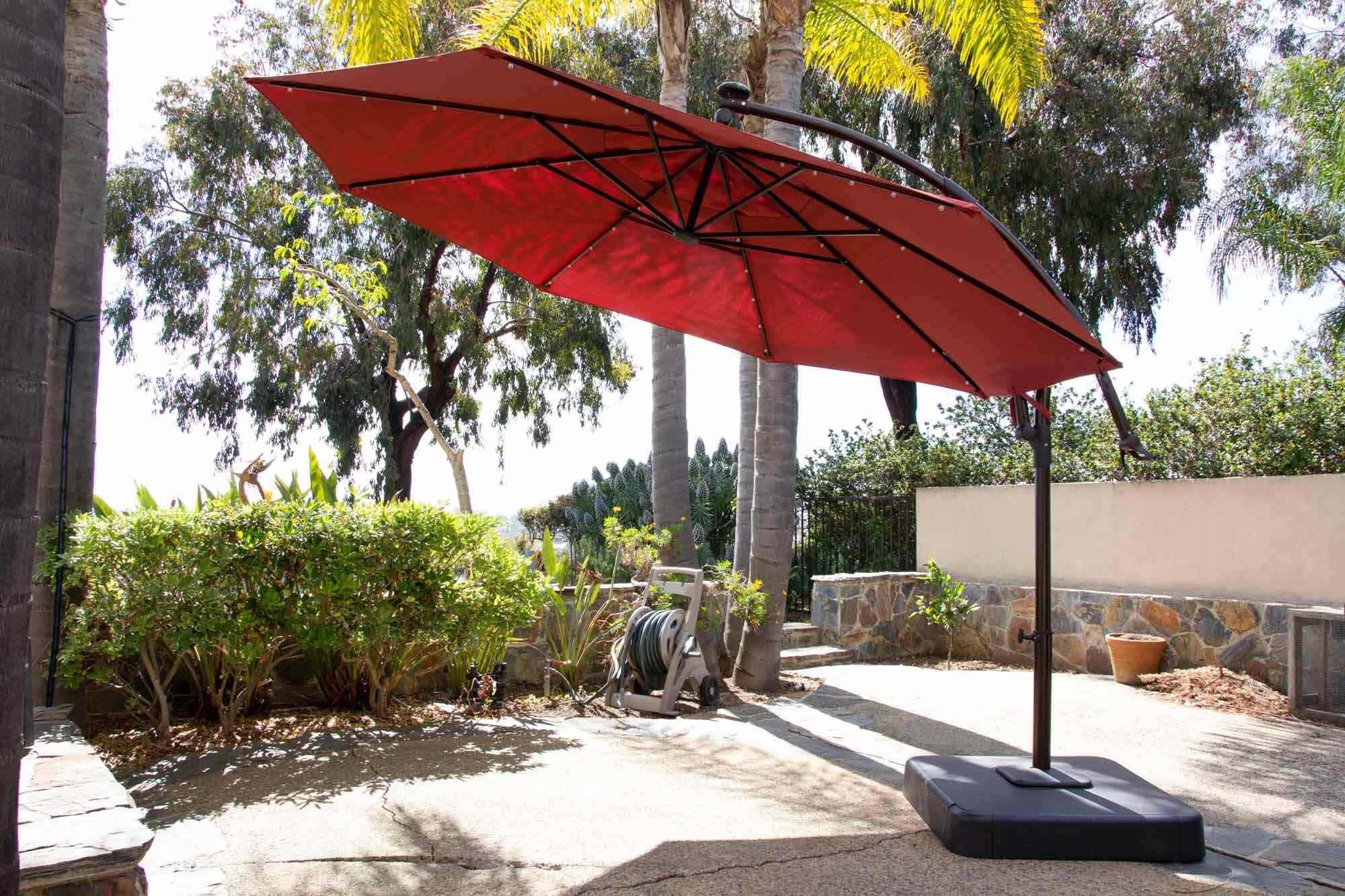

Outdoor Furniture
How To Stabilize Outdoor Umbrella
Modified: January 14, 2024
Learn how to stabilize your outdoor umbrella for a secure and stylish addition to your outdoor furniture. Find design tips and solutions for outdoor-furniture-furniture-and-design.
(Many of the links in this article redirect to a specific reviewed product. Your purchase of these products through affiliate links helps to generate commission for Storables.com, at no extra cost. Learn more)
Introduction
When the warm sun is shining, there's nothing quite like lounging in the shade of an outdoor umbrella. Whether you're enjoying a leisurely afternoon on the patio or hosting a lively outdoor gathering, a stable and secure umbrella is essential for both comfort and safety. However, a sudden gust of wind or a light breeze can easily send your umbrella tumbling, potentially causing damage or injury. To ensure that your outdoor umbrella remains steadfast in the face of changing weather conditions, it's crucial to implement effective stabilization methods. In this comprehensive guide, we'll explore the essential steps to stabilize your outdoor umbrella, allowing you to relax and unwind without worrying about unexpected mishaps. Let's dive into the details and discover how to keep your umbrella firmly in place, no matter the outdoor setting.
Key Takeaways:
- Choose a heavy, durable base for your outdoor umbrella to keep it stable in windy conditions. Consider mobility and compatibility with your umbrella’s pole diameter for added convenience.
- Secure your umbrella to the base and use additional anchors like ground stakes or weighted bags to reinforce stability, ensuring a worry-free outdoor experience.
Read more: How To Stabilize A Patio Umbrella
Step 1: Choosing the Right Base
When it comes to stabilizing your outdoor umbrella, selecting the appropriate base is the foundational step. The base serves as the primary support for the umbrella, anchoring it firmly to the ground and preventing it from swaying or toppling over. To choose the right base, consider the size and type of your umbrella, as well as the specific outdoor environment where it will be used. Here are key factors to keep in mind:
- Weight: The weight of the base is crucial for stability. Heavier bases are more effective at counteracting wind and maintaining the umbrella’s position. For larger umbrellas or areas prone to strong winds, opt for a heavier base to ensure optimal stability.
- Material: Bases are available in various materials, including plastic, concrete, and metal. Each material offers distinct advantages in terms of durability and aesthetics. Consider the weather conditions in your area and choose a material that can withstand the elements while complementing your outdoor decor.
- Mobility: If you anticipate the need to move the umbrella to different locations, consider a base with built-in wheels for easy mobility. This feature provides convenience without compromising stability.
- Compatibility: Ensure that the base is compatible with your umbrella’s pole diameter. Some bases are designed to accommodate poles of different sizes, offering versatility for various umbrella models.
By carefully evaluating these factors, you can select a base that not only provides reliable stability but also aligns with your aesthetic preferences and practical needs. Once you’ve chosen the right base, you’re ready to proceed to the next crucial step in stabilizing your outdoor umbrella.
Step 2: Securing the Umbrella
After choosing the appropriate base, the next step in stabilizing your outdoor umbrella involves securely fastening the umbrella to the base. This critical process ensures that the umbrella remains steady and upright, even when faced with unpredictable weather conditions. Here’s how to effectively secure your umbrella:
- Insert the Pole: Place the umbrella pole into the base, ensuring a snug fit. Some bases feature locking mechanisms or tightening knobs to secure the pole in place, providing added stability.
- Utilize Fastening Mechanisms: Many umbrellas come with built-in fastening mechanisms, such as locking pins or screws, designed to hold the pole in position. Engage these mechanisms according to the manufacturer’s instructions to prevent the umbrella from shifting or swaying.
- Tighten Adjustment Knobs: If your umbrella features adjustable height or tilt settings, be sure to tighten any adjustment knobs or locking mechanisms once the desired position is achieved. This helps maintain the umbrella’s stability and prevents unintended movement caused by wind or other external factors.
- Consider Additional Support: For added security, especially in windy conditions, consider using supplemental support devices such as umbrella straps or clamps. These accessories can be attached to the pole and anchored to the base, providing an extra layer of stability.
By properly securing your umbrella to the base and utilizing any included fastening mechanisms, you can significantly reduce the risk of instability and ensure that your umbrella remains steadfast in its position. With the umbrella securely in place, you’re ready to explore additional measures to further enhance its stability.
Consider using a heavy umbrella base or anchoring the umbrella with weights or sandbags to stabilize it in windy conditions. This will help prevent the umbrella from tipping over and causing damage.
Step 3: Using Additional Anchors
While a sturdy base and secure fastening are essential for stabilizing your outdoor umbrella, certain environmental factors, such as strong winds or loose soil, may necessitate additional anchoring methods to reinforce its stability. By incorporating supplementary anchors, you can fortify the umbrella’s position and minimize the risk of displacement. Consider the following strategies for utilizing additional anchors:
- Ground Stakes: In areas with soft or loose ground, such as grassy lawns or sandy surfaces, ground stakes provide effective anchoring. Drive the stakes into the ground around the perimeter of the base, securing them firmly to create a stable foundation for the umbrella.
- Weighted Bags or Sandbags: When dealing with hard surfaces where traditional stakes cannot be used, weighted bags or sandbags offer a versatile anchoring solution. Position these bags around the base of the umbrella to add extra weight and prevent movement caused by wind gusts.
- Anchor Straps: Adjustable anchor straps can be attached to the umbrella’s canopy and secured to nearby structures, such as fences or railing, providing lateral support and minimizing swaying during windy conditions.
- Concrete or Paver Weights: For a more permanent anchoring solution, consider placing concrete or paver weights on the base of the umbrella. These heavy weights provide exceptional stability and are particularly suitable for commercial outdoor settings or long-term installations.
By incorporating these additional anchors based on the specific characteristics of your outdoor space, you can reinforce the stability of your umbrella and mitigate the risk of displacement due to external forces. With the umbrella firmly anchored, you can enjoy peace of mind knowing that it will remain secure and reliable, even in challenging weather conditions.
Conclusion
Stabilizing your outdoor umbrella is a fundamental aspect of optimizing your outdoor experience, ensuring both comfort and safety in various weather conditions. By carefully selecting the right base, securing the umbrella effectively, and utilizing additional anchors when necessary, you can significantly enhance its stability and resilience. These proactive measures not only safeguard your umbrella against unexpected mishaps but also contribute to a more enjoyable and worry-free outdoor environment.
Remember that the stability of your umbrella is closely linked to its longevity and functionality. Proper stabilization not only minimizes the risk of damage to the umbrella itself but also reduces the potential for accidents or injuries caused by sudden movements or tipping. Whether you’re relaxing on your patio, hosting outdoor gatherings, or providing shaded areas for commercial settings, a securely stabilized umbrella is an indispensable asset.
Furthermore, the aesthetic appeal of your outdoor space is complemented by a well-positioned and stable umbrella. By incorporating stabilization methods that align with your specific needs and environmental factors, you can maintain the visual harmony and functionality of your outdoor area while ensuring the safety and comfort of everyone who enjoys it.
As you embark on the journey of stabilizing your outdoor umbrella, consider the unique characteristics of your outdoor space, the prevailing weather conditions, and the intended use of the umbrella. By tailoring your stabilization approach to these factors, you can achieve a harmonious balance of stability, functionality, and visual appeal, enriching your outdoor experience for years to come.
With these essential steps and considerations in mind, you are well-equipped to stabilize your outdoor umbrella effectively, creating an inviting and secure outdoor oasis for relaxation, entertainment, and leisure.
Frequently Asked Questions about How To Stabilize Outdoor Umbrella
Was this page helpful?
At Storables.com, we guarantee accurate and reliable information. Our content, validated by Expert Board Contributors, is crafted following stringent Editorial Policies. We're committed to providing you with well-researched, expert-backed insights for all your informational needs.
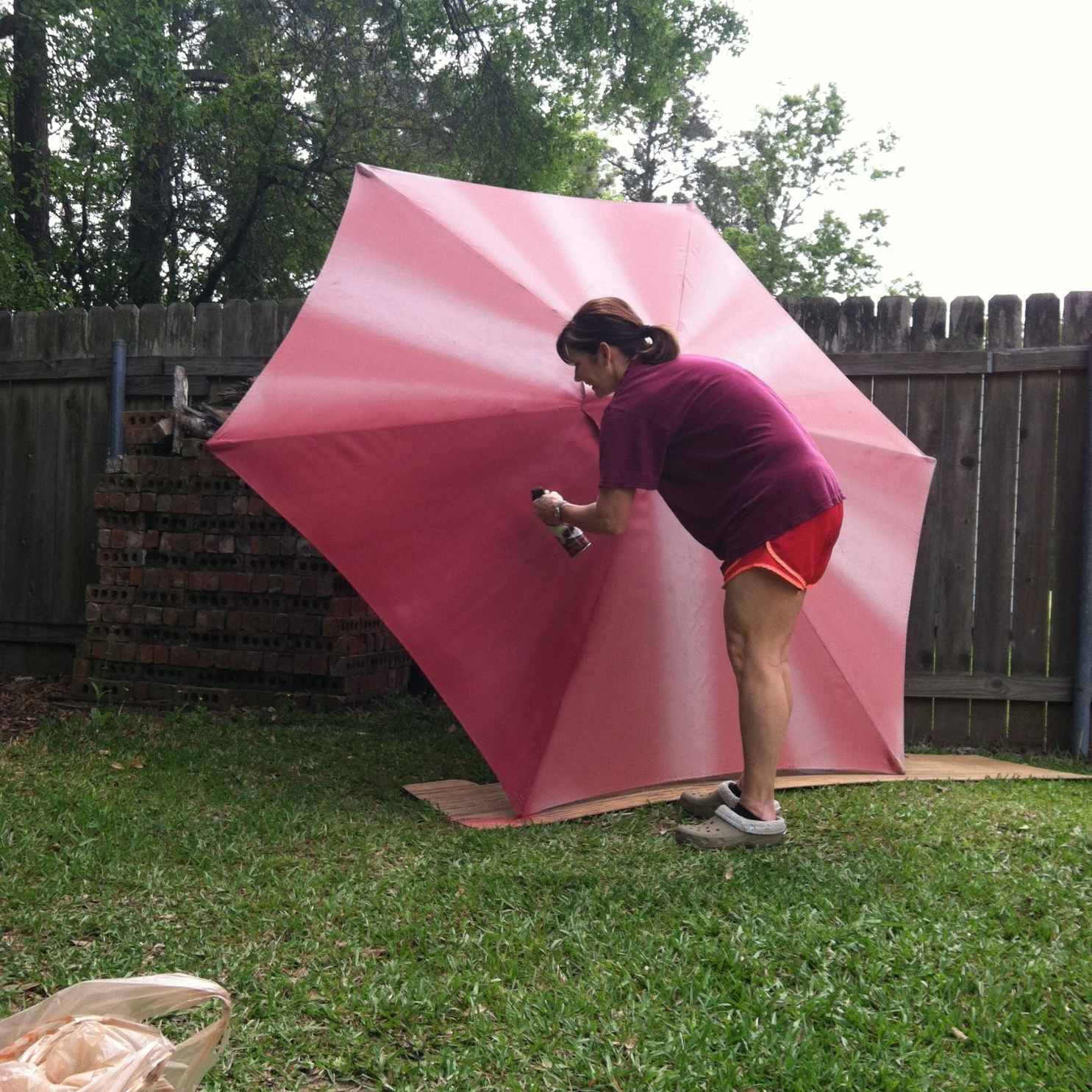



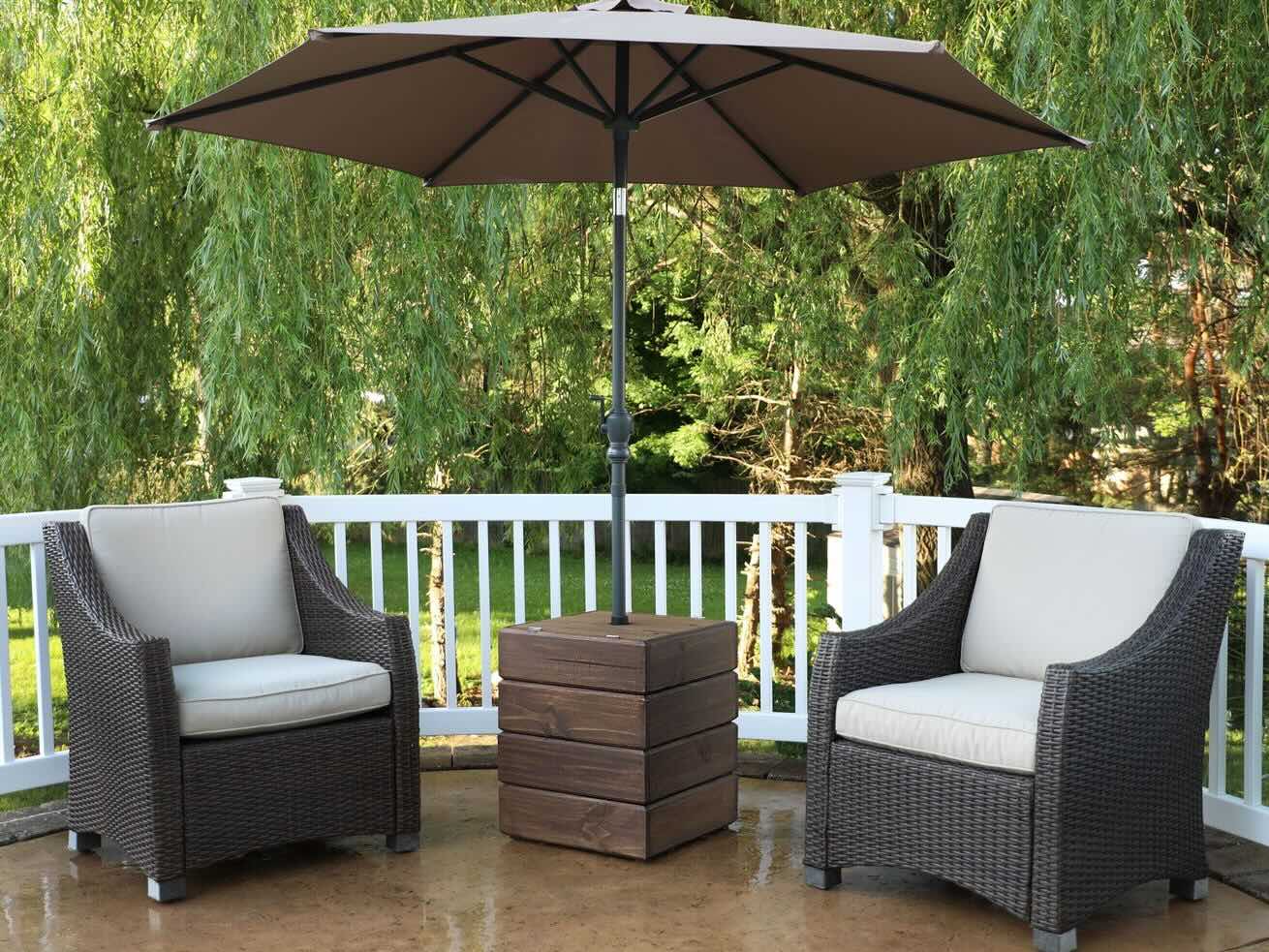
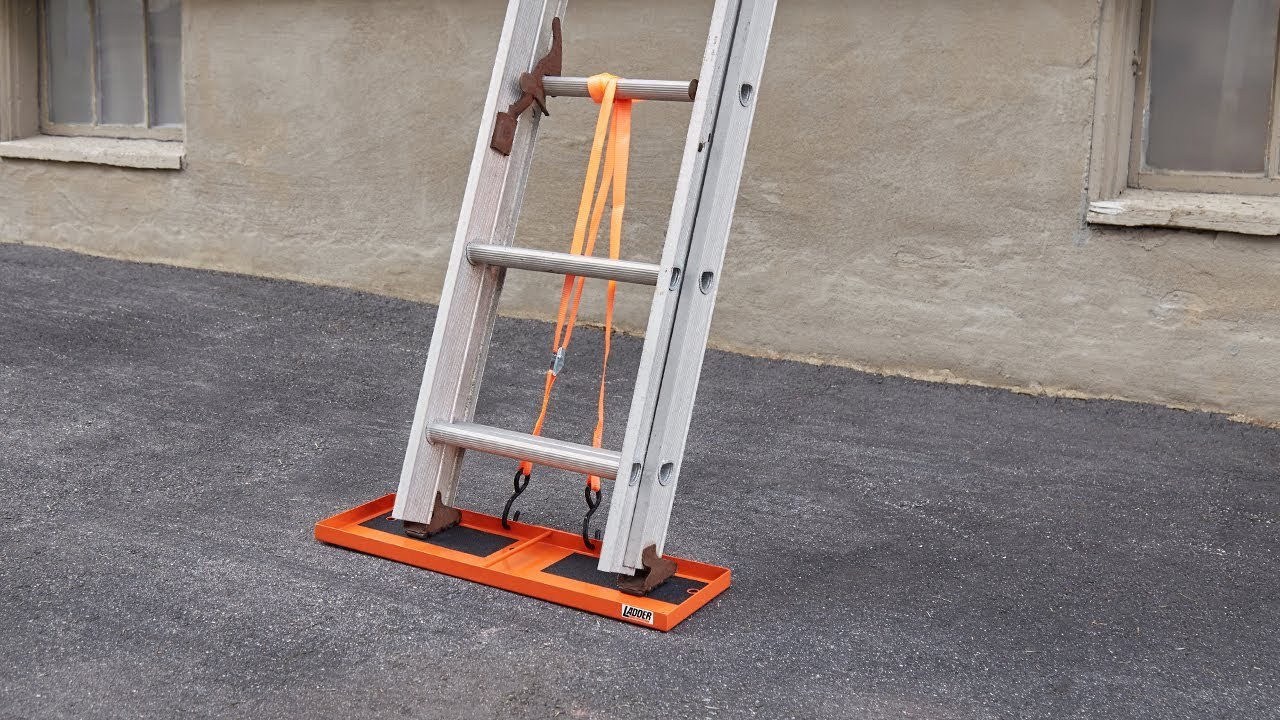

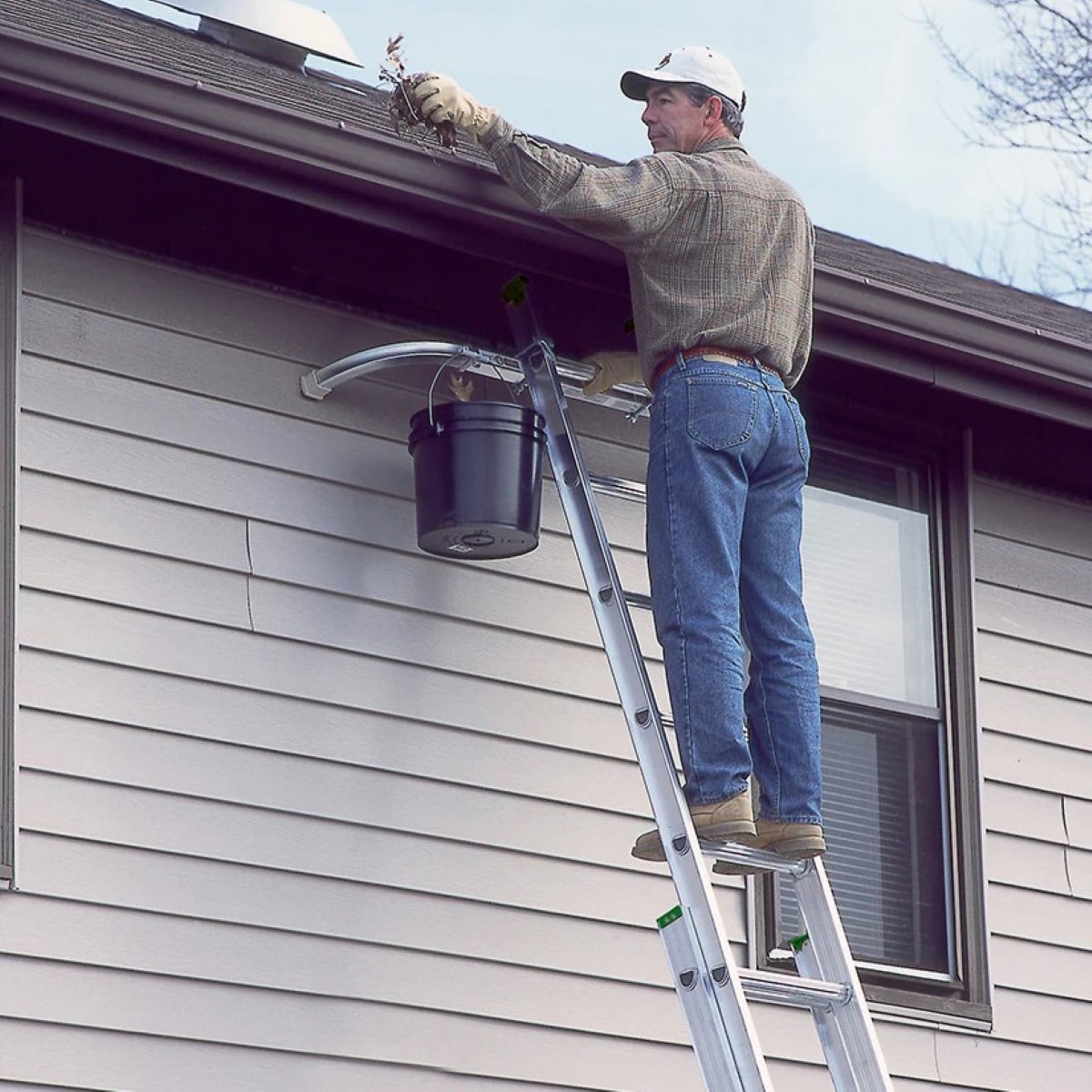

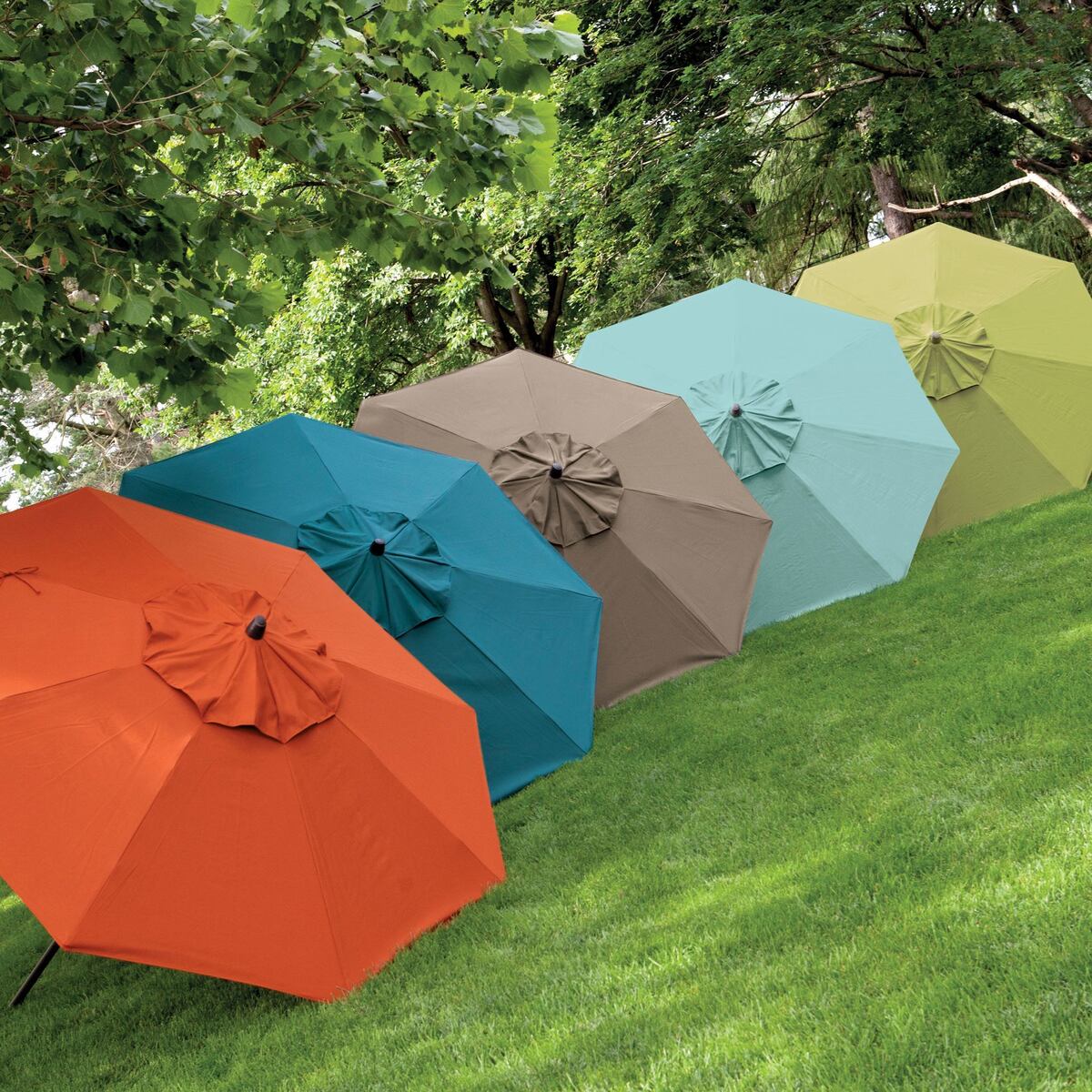

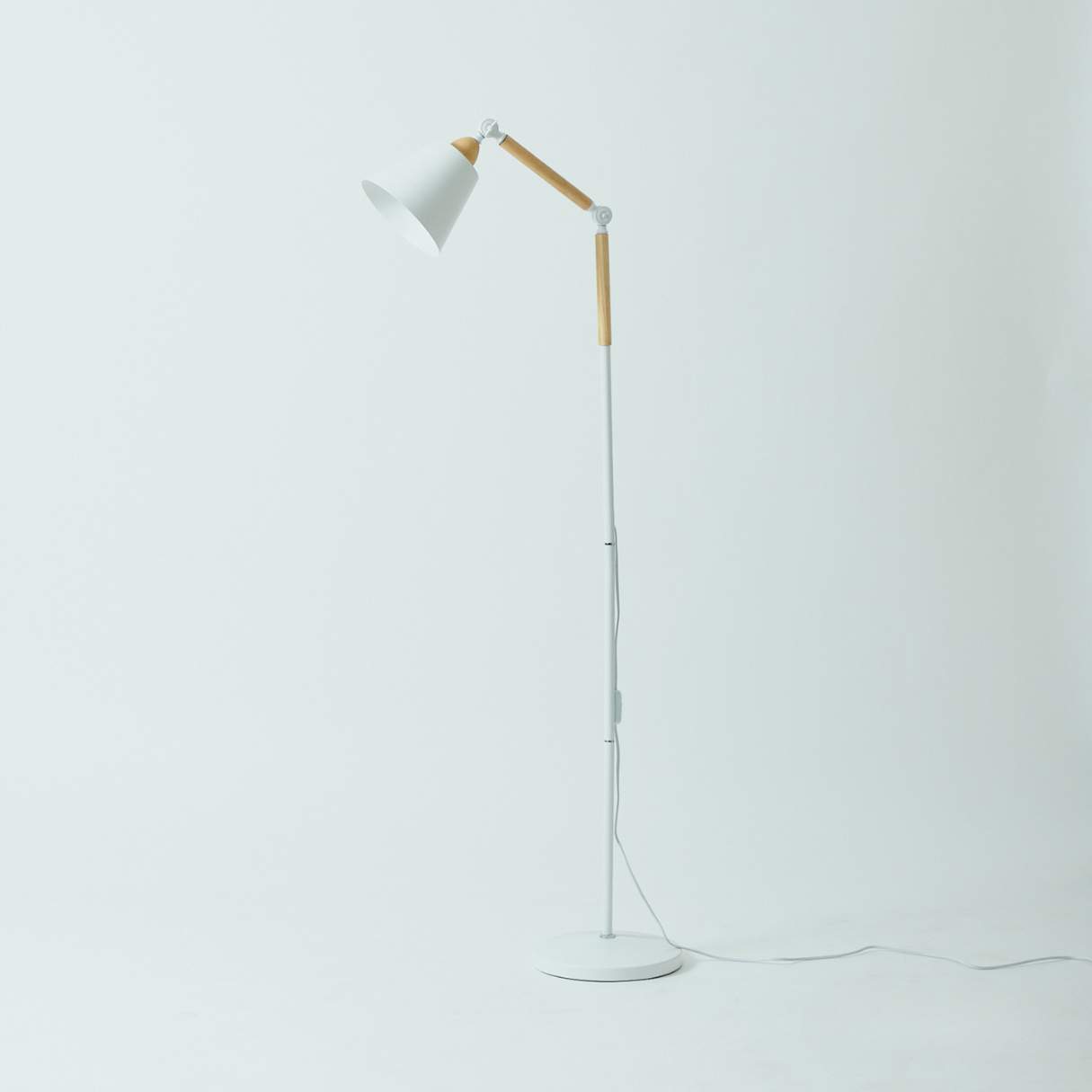
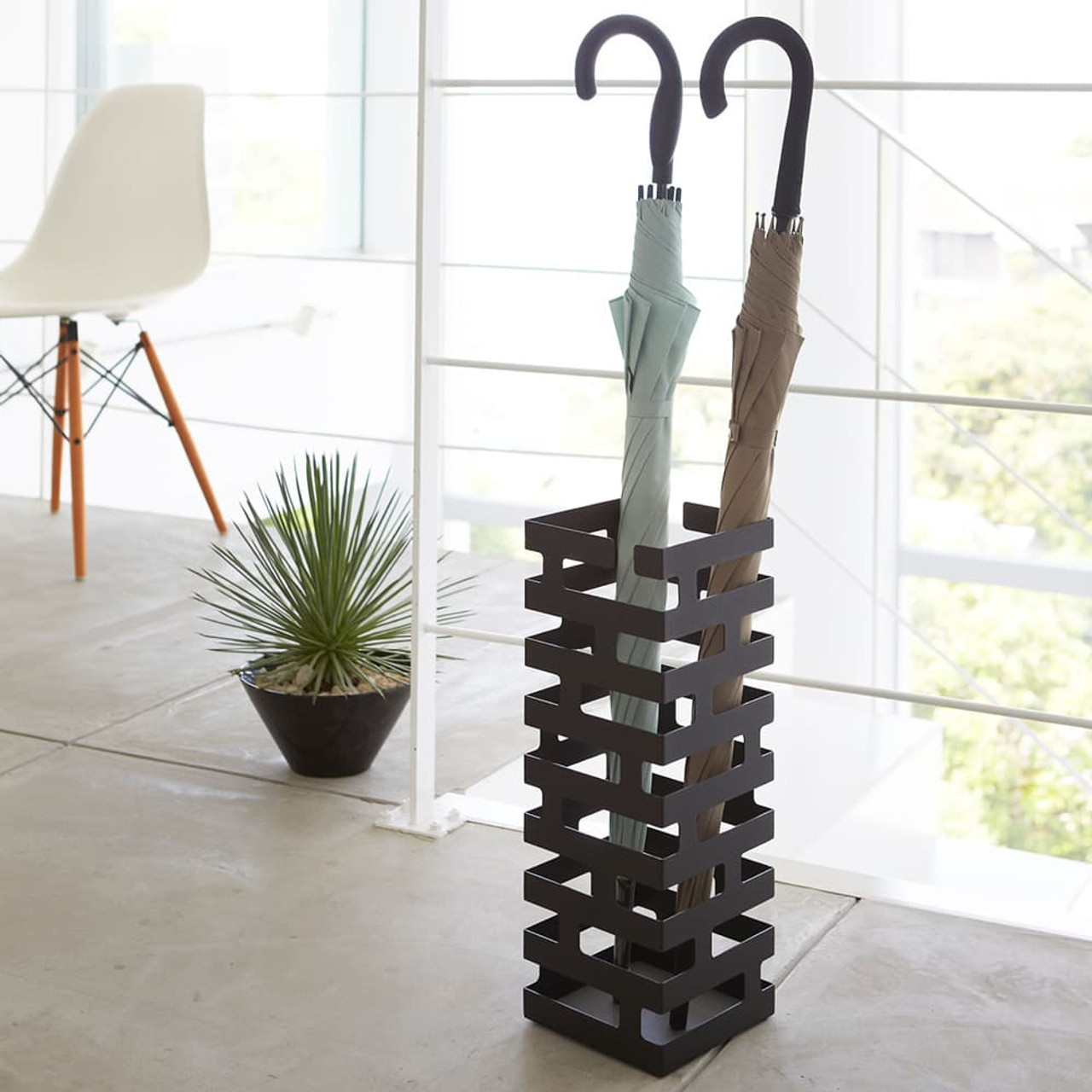
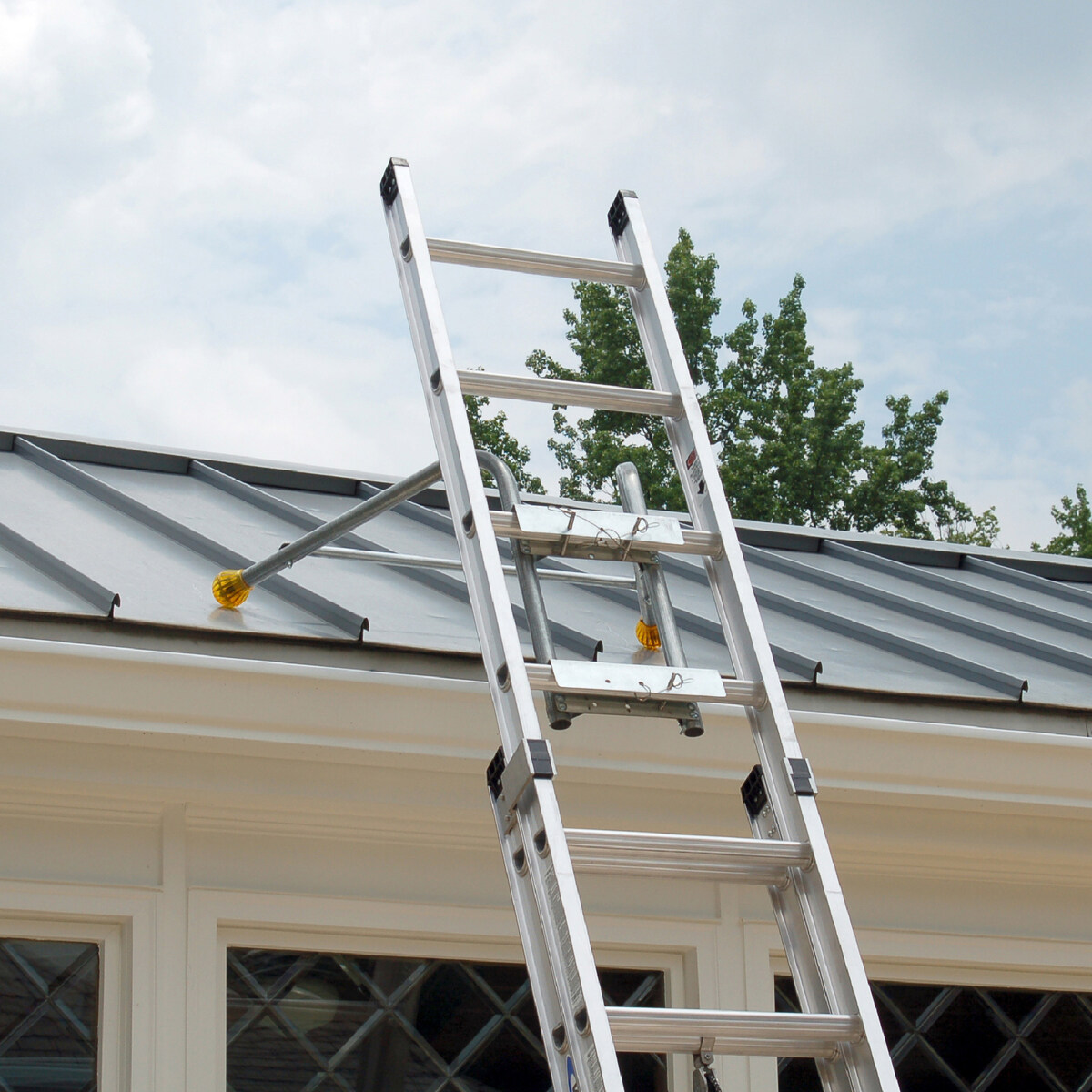
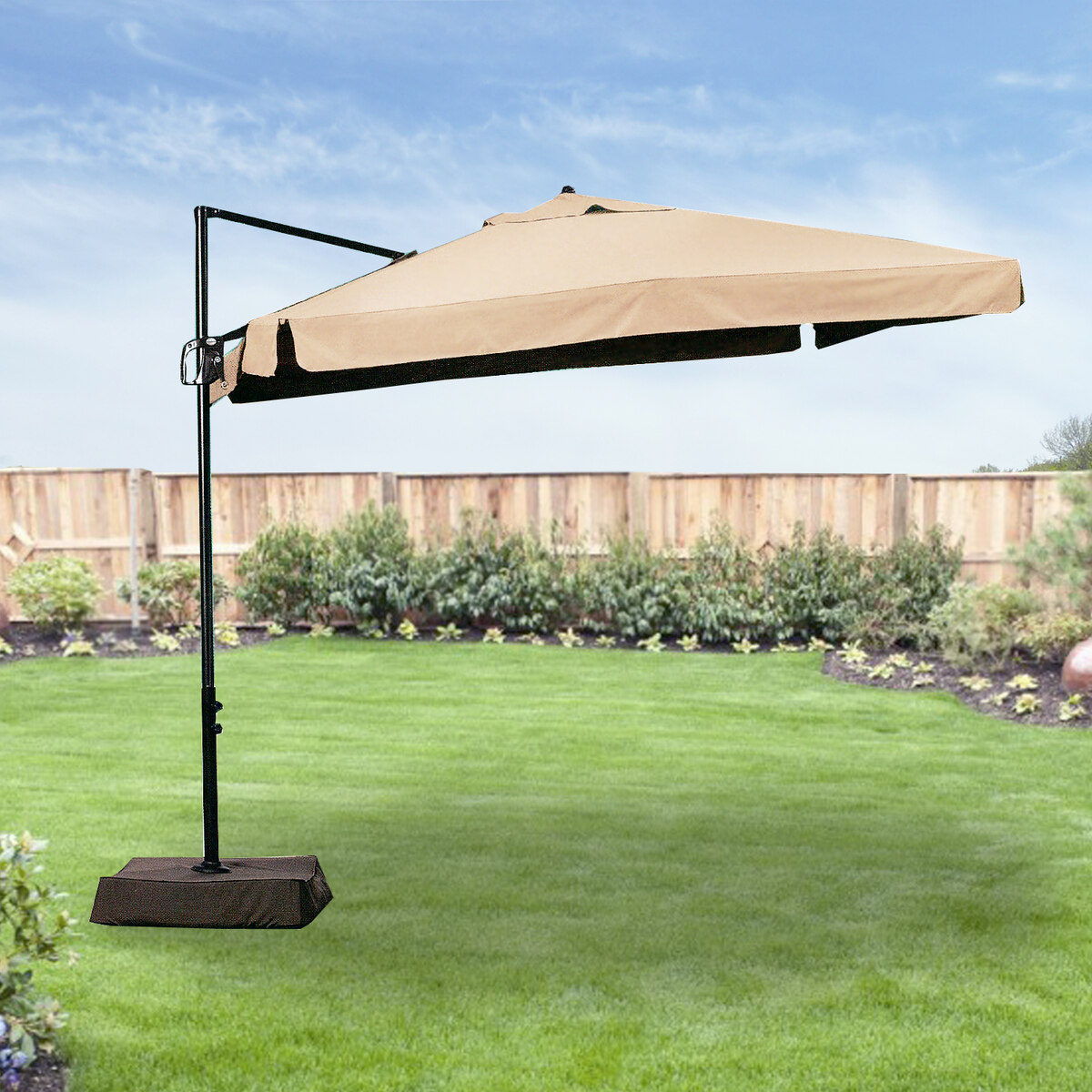

0 thoughts on “How To Stabilize Outdoor Umbrella”